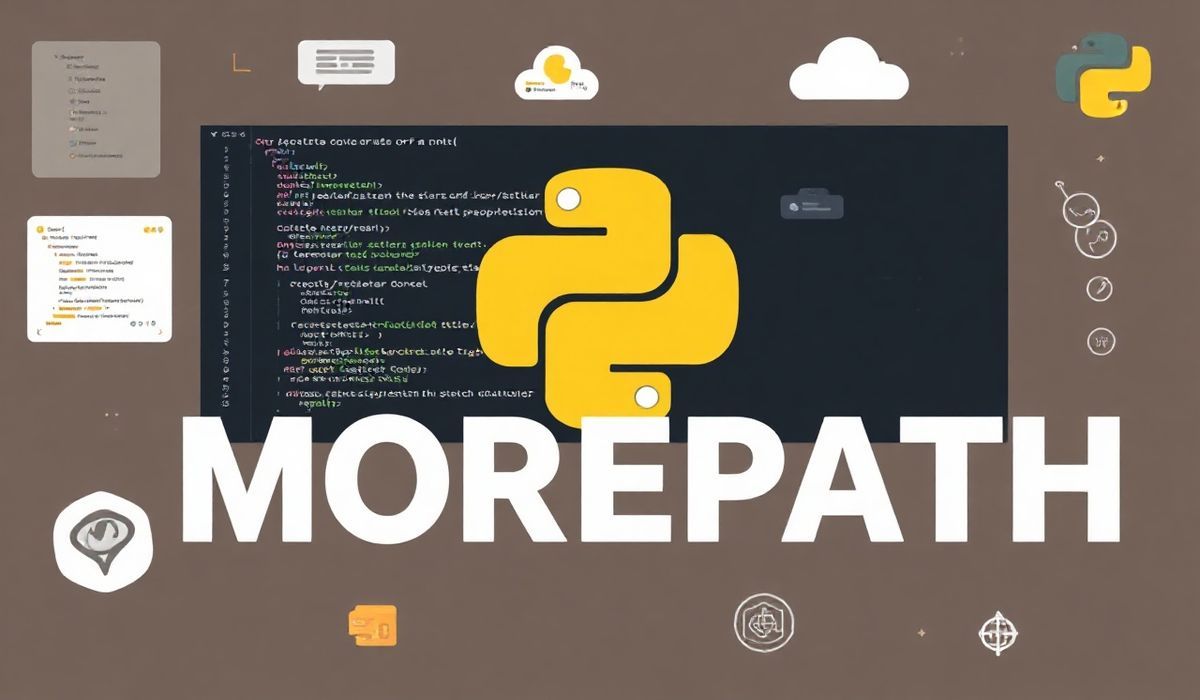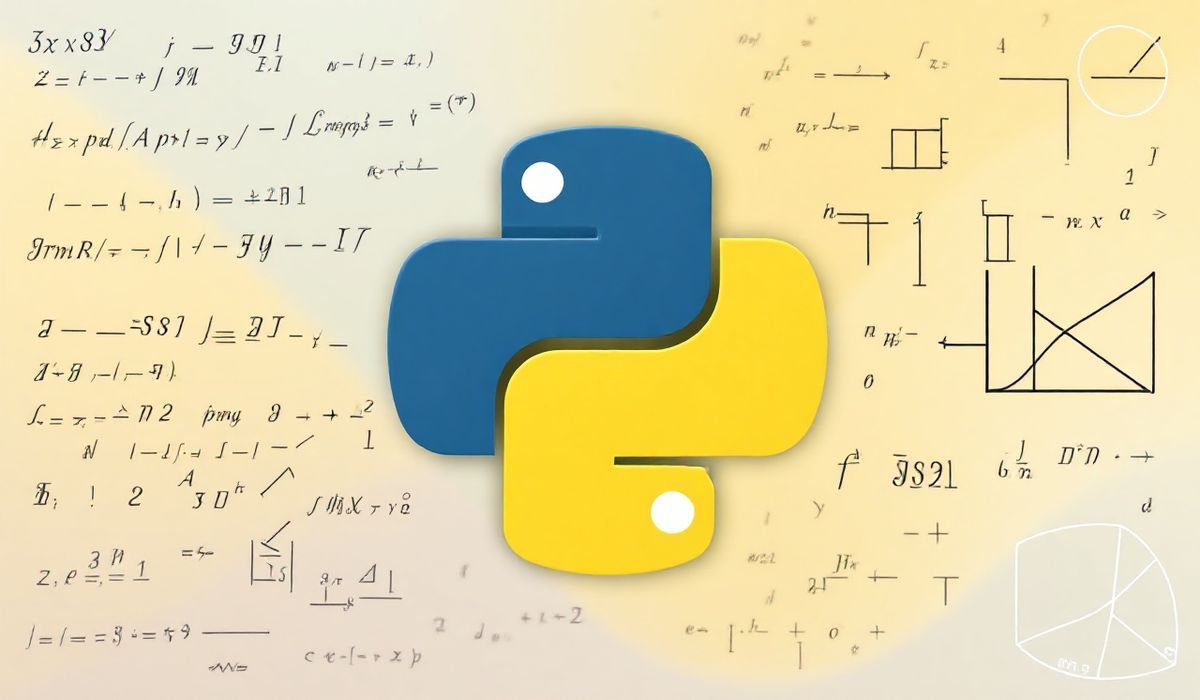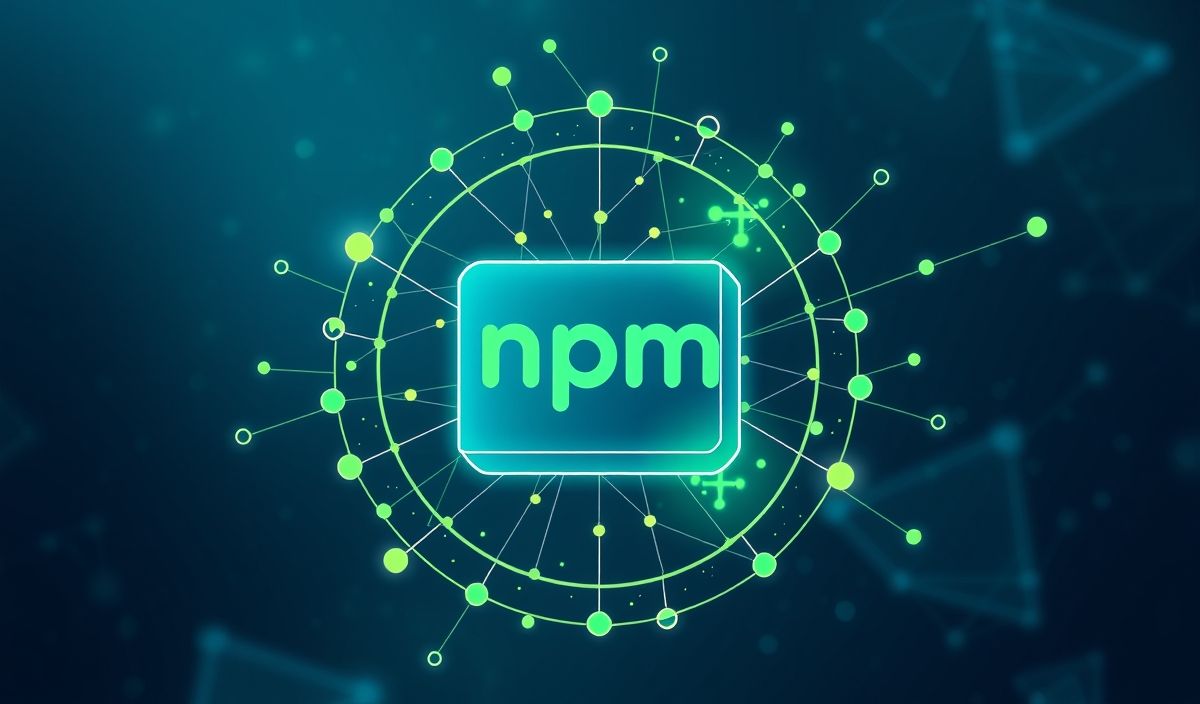Introduction to Morepath: The Pythonic Web Framework
Morepath is a modern and flexible Python web framework that is perfect for building robust and scalable applications. Designed with a focus on simplicity and reusability, it provides developers with powerful tools and APIs to create dynamic web applications efficiently. Whether you are a beginner or an experienced developer, Morepath’s declarative approach and extensible nature make it an excellent choice for your next project.
Why Choose Morepath?
Morepath stands out for its unique features such as:
- Declarative Configuration: Define your application logic using simple and clean decorators.
- Flexibility: Adapt and extend your application seamlessly using Morepath’s model-driven approach.
- Powerful Routing: Map URLs to application logic effortlessly with its dynamic routing system.
Getting Started with Morepath
Here’s a quick example of setting up a Morepath application:
import morepath
class MyApp(morepath.App):
pass
@MyApp.path(path="")
class Root:
pass
@MyApp.view(model=Root)
def hello_world(self, request):
return "Hello, World!"
if __name__ == "__main__":
app = MyApp()
morepath.run(app)
This example demonstrates routing a simple root URL to return “Hello, World!”.
Exploring Morepath’s API
Morepath provides a variety of APIs to help you create a fully functional web application. Below, we showcase some of the most important ones:
Path and Views
Use @App.path to link URLs to models and @App.view to define views for those models:
@MyApp.path(path="items/{item_id}")
class Item:
def __init__(self, item_id):
self.item_id = item_id
@MyApp.view(model=Item)
def item_view(self, request):
return f"Item ID: {self.item_id}"
JSON Support
Morepath has built-in support for serving JSON responses:
@MyApp.json(model=Item)
def item_json(self, request):
return {"id": self.item_id, "description": "This is an item."}
Linking
Generate URLs for your models using the request.link API:
@MyApp.view(model=Root)
def root_view(self, request):
item = Item(item_id=42)
return f"Visit: {request.link(item)}"
Predicates and Permissions
Restrict access to views by leveraging predicates and permissions:
@MyApp.view(model=Item, permission="view")
def secured_item_view(self, request):
return f"Viewing Secured Item: {self.item_id}"
Permissions can be configured using Morepath’s security APIs.
Building a Full Application Example
Here’s an example that combines the features of Morepath:
import morepath
class MyApp(morepath.App):
pass
@MyApp.path(path="")
class Root:
pass
@MyApp.view(model=Root)
def main_view(self, request):
return "Welcome to the Morepath Demo!"
@MyApp.path(path="item/{item_id}")
class Item:
def __init__(self, item_id):
self.item_id = item_id
@MyApp.json(model=Item)
def item_json(self, request):
return {
'id': self.item_id,
'name': f"Item {self.item_id}",
'status': 'active'
}
@MyApp.view(model=Item)
def item_view(self, request):
return f"Details of Item {self.item_id}"
if __name__ == "__main__":
app = MyApp()
morepath.run(app)
This example demonstrates how to create multiple routes, serve JSON, and display HTML content using Morepath.
Conclusion
Morepath offers a versatile, Pythonic approach to web development. Its declarative and extensible features make it a top choice for developers from all backgrounds. Start your journey with Morepath today and discover the power of modern Python web frameworks!




